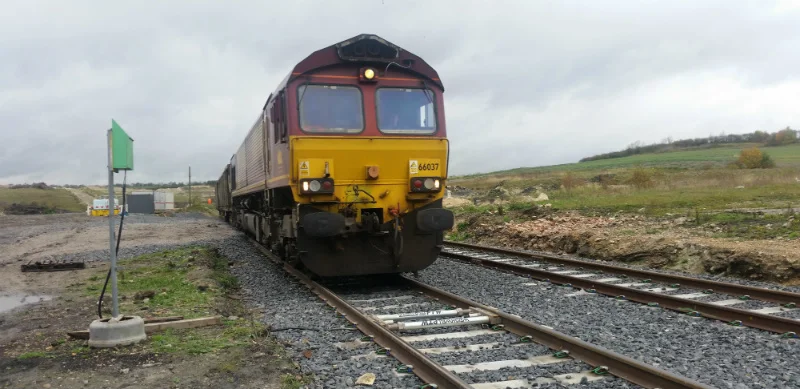Weight in Motion
The Weigh-In-Motion (WIM) system employs an advanced network of sensors integrated into roads or rail tracks.
As vehicles and trains traverse these sensors, critical data is captured, including vehicle weight for accurate
total weight calculation and axle weight distribution for road and bridge safety. Machine learning algorithms
enhance data accuracy by continuously refining weight calculations with exceptional precision. Furthermore,
automated data processing eliminates manual entry, streamlining the weigh-in-motion process entirely.
This comprehensive approach optimizes efficiency, accuracy, and safety in monitoring vehicle and train weights on the move.
Features of Weight in Motion
- Sensor Network: Utilizes a sophisticated network of sensors embedded in roads or rail tracks.
- Vehicle Weight Calculation: Accurately calculates the total weight of vehicles or trains as they pass over the sensors.
- Axle Weight Measurement: Determines weight distribution across each axle, crucial for road and bridge safety.
- Enhanced Data Accuracy: Machine learning algorithms continuously refine weight calculations for exceptional precision.
- Automated Data Processing: Eliminates the need for manual data entry, streamlining the entire weigh-in-motion process.
- Real-Time Monitoring: Provides immediate insights into vehicle or train weights as they move, facilitating prompt decision-making.
- Scalability: Adaptable to various transportation environments and capable of handling different types of vehicles or trains.
- Integration: Seamlessly integrates with existing transportation infrastructure and management systems.
- Efficiency: Optimizes operational efficiency by reducing downtime and minimizing disruptions to traffic flow.
- Compliance: Helps ensure compliance with weight regulations and standards, enhancing overall safety on roads and railways.
